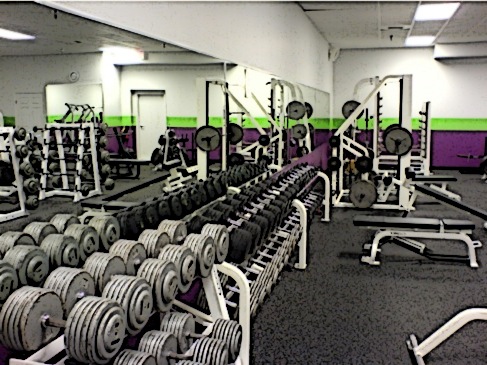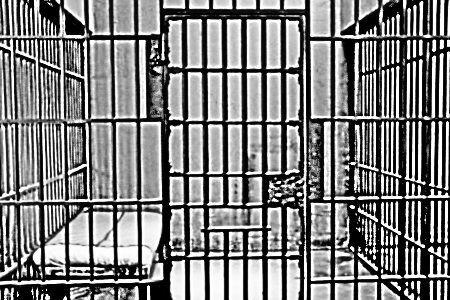A good friend emailed me a while back asking if he should train to failure. Some of the websites/forums he was reading gave him the impression it was necessary in order to get big and strong. I thought I’d share my views on this somewhat controversial topic in the iron game.
Let me first define the term: training to failure means you perform a certain exercise until you literally cannot continue. This means you either drop the weight or (more commonly) require the assistance of a spotter to do more repetitions.
I hardly ever train to failure, and I don’t recommend it for other trainees. Here are my reasons:
1. The majority of the experts I follow don’t recommend it. By “expert” I mean guys who have years of training experience and/or an impressive personal resume of competitive powerlifting.
2. It burns out the central nervous system (CNS). Training to failure tends to take its toll on the CNS, which will hurt your progress, delay your recovery, and may make you weaker in the long run.
3. It sets you up for injury. Here’s a typical scene I’ve seen played out in the gyms: A young guy can only do four good reps on bench press with a given weight. But he’s determined to do 6-8 reps, so his spotter ends up doing a lot of pulling on rep number 5. “Two more,” the eager trainee grunts. The lifter and spotter end up being at risk for injury in this situation.
4. It doesn’t make sense from a psychological perspective. In other words, you want to teach yourself how to successfully perform every repetition with good form. The goal is to lift the weight–not drop it or hand it to a spotter.
What I do:
I normally stop once I know I will be unable to do one more repetition with good form. I was advised to train this way years ago, and it has served me well. My own personal strength records came from smart training (like periodization); not going to failure.
Having said all this, there are times when you may want to try certain specific (advanced) techniques that require training to failure or near failure (drop sets, rest-pause training, etc.). But I think these instances should be exceptions, not staples, in your workouts. Just be sure there is a specific strategy involved in everything you do.

